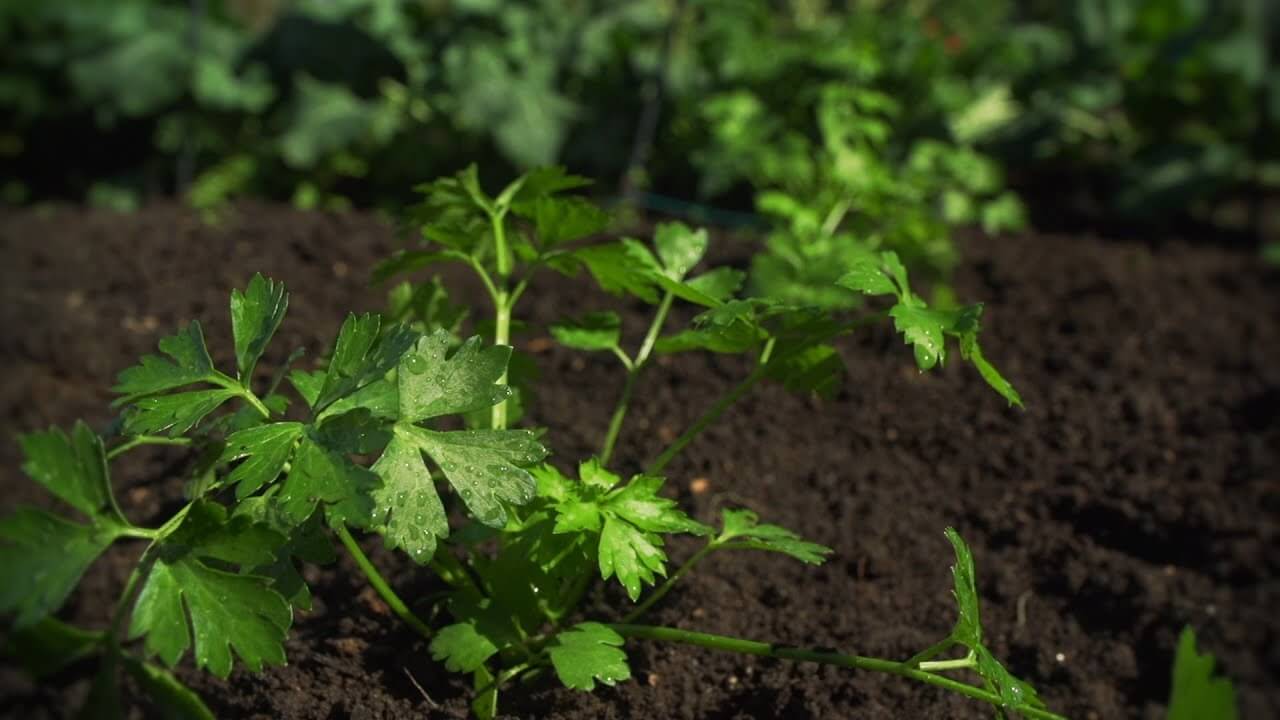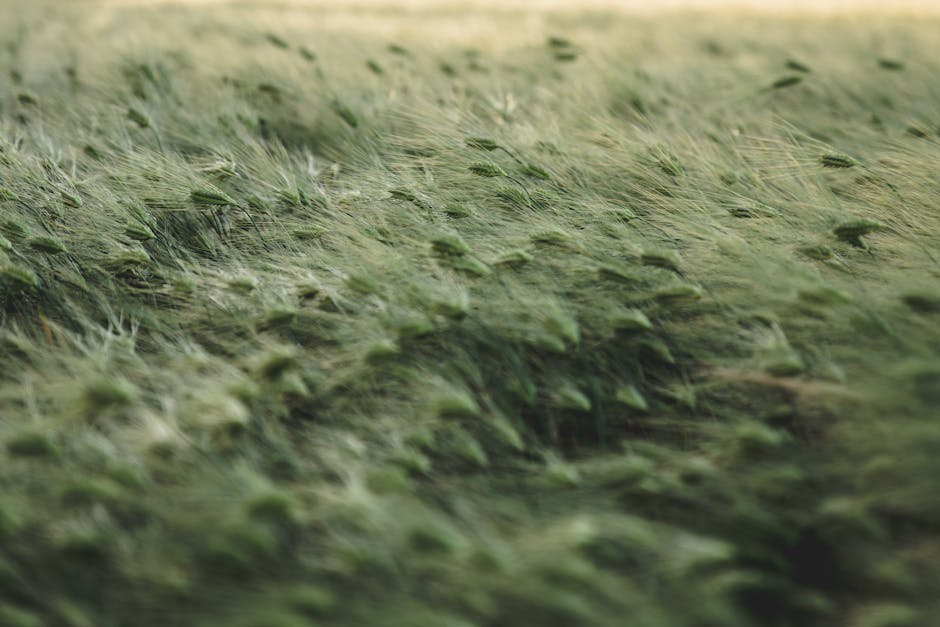Hello and welcome to Organic, Edible Garden. Today, we’re going to look at growing celery, a crop that most home gardeners find difficult to grow organically, Being a marsh plant. Celery likes constant moisture. So this is a great time of year to put it in the soil. For us we find during summer we struggle with celery when the soil dries out and the high temperatures affect its growth.
Celery likes a slightly alkaline soil of between 6 and 7. It also suffers from calcium and magnesium deficiencies, so a good dressing of dolomite lime will fix that Also a sprinkling of Epsom salts every so often will help build up its magnesium levels. It is a really gross feeder and during the growing season we like to feed our plants at least every 2 or 3 weeks, just to give them the optimum growth I like to plant my celery at least 30 centimetres apart. This will give them sufficient air movement, because one of the problems with celery is it can get fungal diseases in these warm humid climates, I’m planting 12 celery. For my garden, It seems like a large amount, but I do a lot of juicing so for your average home garden 6 would be sufficient And if you find celery quite difficult to grow, another good alternative is cutting celery. This grows like its cousin, the flat parsley, but it tastes just like celery And when you harvest it, you harvest the leaves as well as the stalk
I’M only going to plant 3 of this type of celery, They grow about 800 square and they’re prolific growers. We can use them in soups and stews or even in salads, But the point is you’re going to be using the leaves and not the stalks as much Cutting celery if fed well and given the space will last 10-12 months in the soil And the biggest bonus Is it doesn’t get the rust One of the best companion plants to put around your celery is nasturtium, And so what I like to plant is Nasturtium officinalis, which is just another name for watercress, And even though this is not running water, you can still plant watercress In the garden, all winter long as long as the soil is wet,
The thing about watercress is: it absorbs all the nutrients around it, So if it’s in a stream and there’s runoff from farms and things like that, it’s probably not as good But, however, in our soil, it’s just going to take up. What’S in the soil, It will keep going all winter long and we’ll eat that goodness The watercress is really easy to grow from either seed or cutting It’ll spread along the ground and suppress some of the weeds. Interestingly enough, watercress is the third most nutrient-dense green vegetable. We know It’s full of chlorophyll, which is great for anti-cancer properties. It grows like a weed in the garden, so you can keep chopping it back. You can use it in things like soups and smoothies and if you’ve got too much, it makes a great pesto Next thing. We’Re going to do is we’re going to feed our plants In this case we’re going to give it some well-composted chicken manure, But you give them any type of animal manure like sheep, pellets or horse poo.
The reason we’re doing this is because the animal manures are also high in nitrogen And being a green, leafy vegetable. They need that nitrogen boost And now the all-important rock dust. This is very high in calcium and magnesium and will give those plants the elements they need to grow well And, finally, I’m going to add some well-rotted compost. Not only will this increase the carbon layers in the soil, but it’s also going to help suppress the weeds
I’M going to give it a good watering in now and then probably in about 2 or 3 weeks, depending on the weather, I’ll give it another feed, probably of some liquid fish spray. This time..








